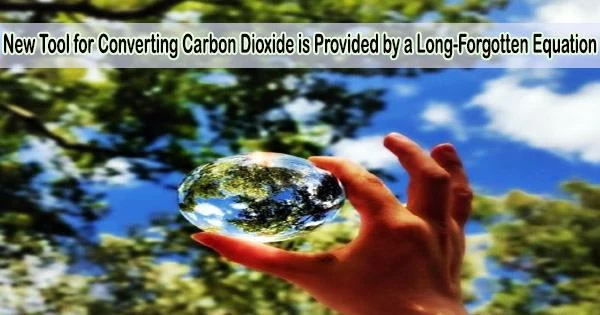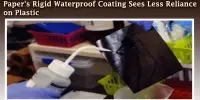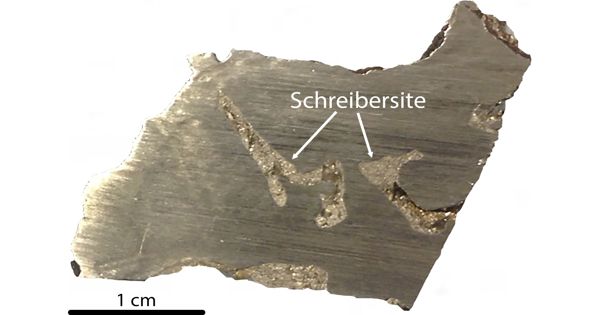Cornell University researchers have dusted off a 120-year-old electrochemical equation in an effort to control atmospheric carbon dioxide and transform the gas into a useful product.
Today’s scientists can better comprehend the various reactions that carbon dioxide might undergo when electrochemistry is used and pulsed on a laboratory bench thanks to the calculation known as the Cottrell equation, which was created in 1903 by chemist Frederick Gardner Cottrell.
The option to convert carbon dioxide from an environmental risk to a feedstock for chemicals or as a medium to store renewable electricity in the form of chemical bonds, as nature does, is provided by the electrochemical reduction of the gas.
Their work was published in the journal ACS Catalysis.
“For carbon dioxide, the better we understand the reaction pathways, the better we can control the reaction which is what we want in the long term,” said lead author Rileigh Casebolt DiDomenico, a chemical engineering doctoral student at Cornell under the supervision of Prof. Tobias Hanrath.
Many researchers today use advanced computational methods to provide a detailed atomistic picture of processes at the catalyst surface, but these methods often involve several nuanced assumptions, which complicate direct comparison to experiments.
Professor Tobias Hanrath
“If we have better control over the reaction, then we can make what we want, when we want to make it,” DiDomenico said. “The Cottrell equation is the tool that helps us to get there.”
With the aid of the equation, a researcher may pinpoint and regulate the experimental variables needed to transform carbon dioxide into usable carbon products like ethylene, ethane, or ethanol.
“Many researchers today use advanced computational methods to provide a detailed atomistic picture of processes at the catalyst surface, but these methods often involve several nuanced assumptions, which complicate direct comparison to experiments,” said senior author Tobias Hanrath.
“The magnificence of this old equation is that there are very few assumptions,” Hanrath said. “If you put in experimental data, you get a better sense of truth. It’s an old classic. That’s the part that I thought was beautiful.”
DiDomenico said: “Because it is older, the Cottrell equation has been a forgotten technique. It’s classic electrochemistry. Just bringing it back to the forefront of people’s minds has been cool. And I think this equation will help other electrochemists to study their own systems.”
The National Science Foundation, the Cornell Engineering Learning Initiative, and the Cornell Energy Systems Institute-Corning Graduate Fellowship funded the study.
















